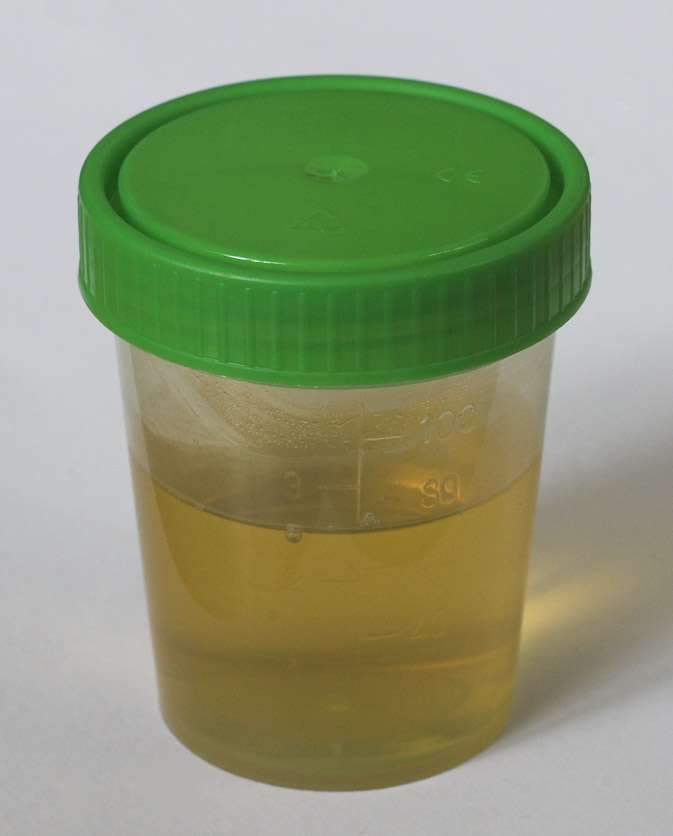The Puzzling Persistence of Pee Tests
With public support for legalizing marijuana at record levels, why do so many employers still try to screen out cannabis consumers?

Slate columnist Daniel Engber, who was recently "shocked" to discover that workplace drug testing is still a thing, wonders: What's up with that? He finds, as I did back in 2002, that there's little evidence drug testing is a sound investment for employers:
As was the case 30 years ago, testing has no solid base of evidence, no proof that it succeeds. We don't know if screening workers for recent drug use makes them more productive, lowers their risk of getting into accidents, or otherwise helps maintain the social order. And what positive effects we do understand—there are indeed a few—seem almost accidental. They may not be worth the time and money and intrusion.
In other words, the drug testing of employees isn't so much a thoughtful labor policy as a compulsive habit. It's something that we do because we've always done it, and we don't know how to stop. Testing has become a national addiction, and it may be time to taper off.
As I noted in my Reason feature story, surveys conducted by the American Management Association suggested there was some tapering off in the late 1990s. After rising from 21 percent in 1987 to 81 percent in 1996, the share of large employers that said they tested applicants, workers, or both fell to 67 percent in 2001. But it's not clear whether the practice is less common today than it was in 1997, when 49 percent of respondents in the National Household Survey on Drug Abuse said their employers required some kind of drug testing. As Engber notes, the corresponding number in the National Survey on Drug Use and Health for 2008 through 2010 averaged 48 percent. (Because of methodological changes, the two surveys' results are not directly comparable.) Then again, the testing industry still estimates that about 50 million tests are conducted in the United States each year, which suggests a decline in prevalence once you take population growth into account.
"This broad and retro culture of drug testing seems at odds with the growing disengagement from our long and painful War on Drugs," Engber writes. "States are legalizing marijuana, and its use is on the rise; politicians now evince broad support for undoing policies that filled our prisons with harmless drug offenders. Yet despite this shift in strategy and realignment of our values, the drug testing of employees—performed at great expense to both the public and private sectors—remains routine."
It seems clear that drug testing, which indicates recent use but does not measure impairment, would not be nearly as common without prohibition and the policies flowing from it, which encourage employers to treat illegal drug use differently from drinking, which they generally perceive as a problem only when it affects safety or productivity. Federal regulations mandate drug testing for certain "safety-sensitive jobs" and require government contractors to have "drug-free workplace" policies, which in practice involves taking an unseemly interest in employees' urine. More generally, processing pee is a way to signal responsible management and good corporate citizenship. Once a company starts doing it, fear of negative publicity, of attracting competitors' rejects, or of increased exposure to civil liability may discourage it from stopping.
Urinalysis enthusiasts often argue that pre-employment screening, given how easy it is to avoid a positive test result, identifies applicants who are too lazy, stupid, or addicted to abstain for the requisite period of time. But prohibition increases the perceived value of drug screening as a way of filtering out undesirable employees, since illegal drug users are lawbreakers by definition and may be nonconformist in other respects as well. So despite record public support for legalizing marijuana, it is not surprising that something like half of all jobs in the U.S. still require people to pee in a cup, a policy that mainly screens out cannabis consumers. Even in states that have legalized marijuana, continued federal prohibition makes continuing the ritual easier than renouncing it.


Show Comments (91)